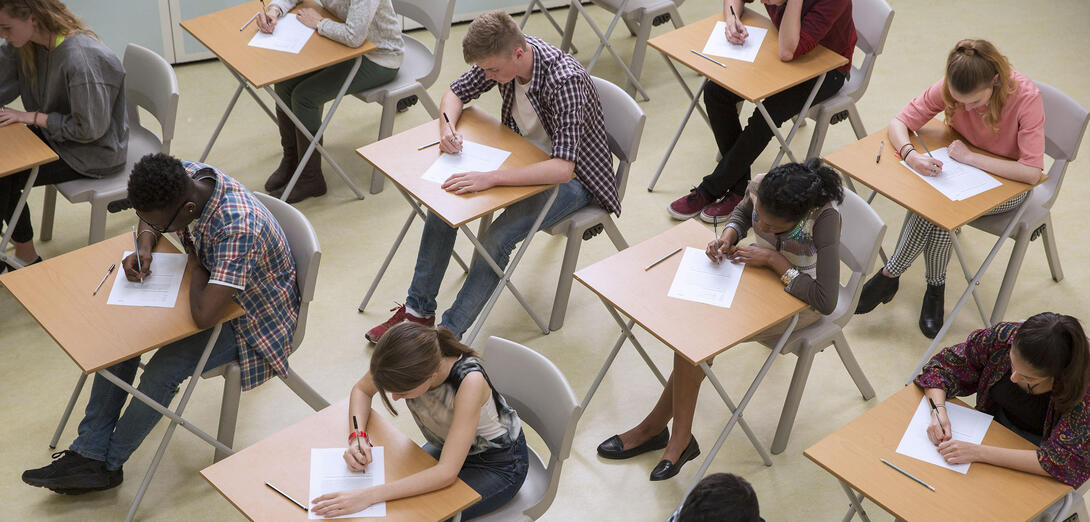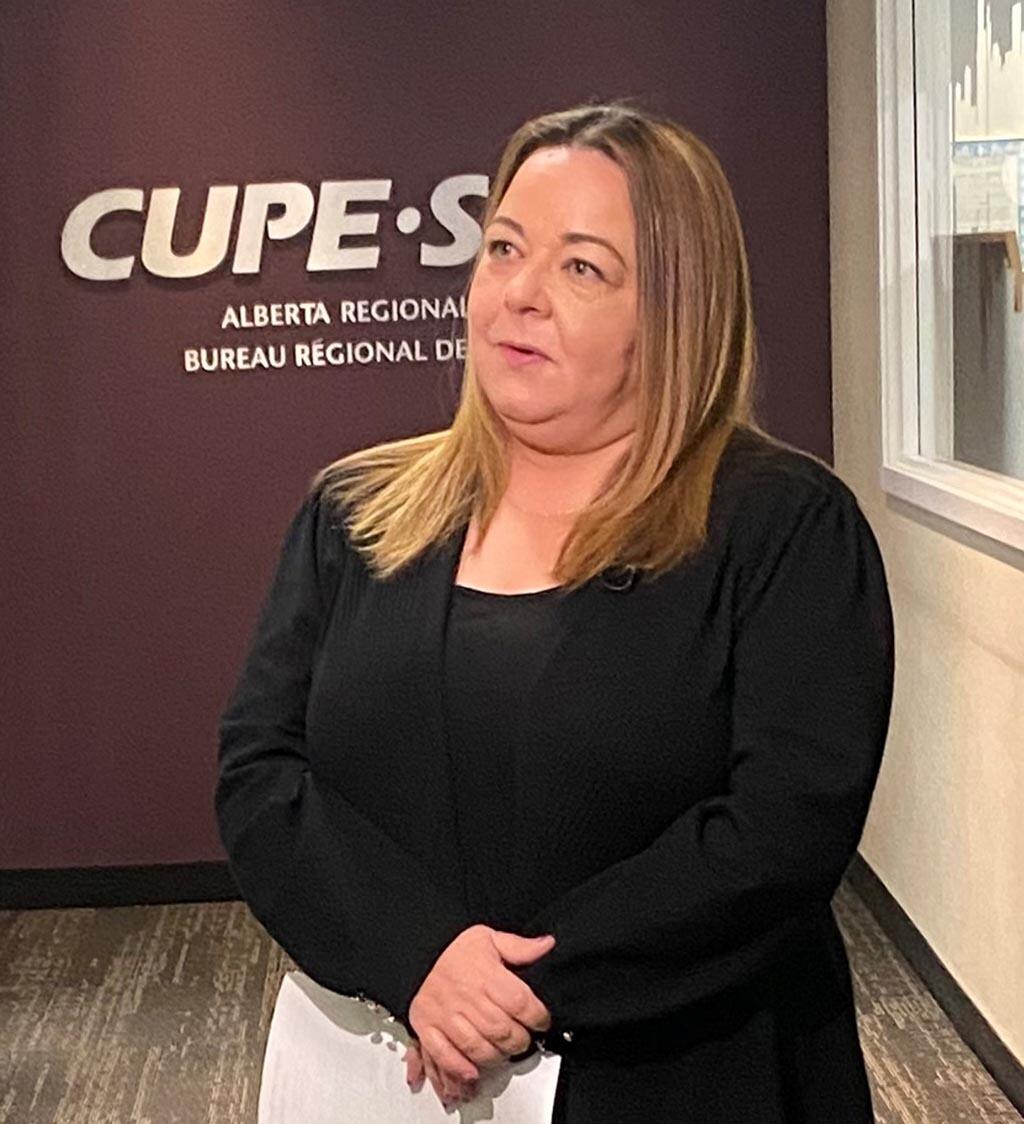Covid learning loss—we have heard that a lot. Recently, the government was proud to announce that students are catching up after Covid.
“The 2023–24 diploma exams and provincial achievement test results are a strong indicator that learning gaps caused by the pandemic are closing,” said Education Minister Demetrios Nicolaides. “We recognize there are opportunities for improvement, but I am confident that through our investments, proposed legislation amendments and enhanced assessments, our K–12 students will gain the skills and knowledge they need to succeed.”
That sounds great, right? But we all know that teaching and assessment are not the same thing, and that more (or “enhanced”) assessment doesn’t equal improved learning outcomes.
The government has recently introduced their literacy and numeracy screeners to primary grades. These have been added to the government data collection repertoire of exams already in place, including provincial achievement tests (PATs) in grades 6 and 9 and diploma exams in Grade 12 courses.
I have had a lot of experience administering PATs and diploma exams. As a principal, my heart broke seeing the stress students carried into those exams.
The student whose car wouldn’t start the morning of the diploma exam. The one whose calculator ran out of batteries. The one who slept in. The one who slid into the ditch on the way to school. It was unlikely these students performed well on their test, not because they knew less than their peers but because they were just stressed out! They weren’t underachievers, just students with bad luck. So, what did we learn from their assessments? Probably not much.
Often the results of standardized, one-size-fits-all exams are inaccurate. That is why the teacher assesses the students in their class every day in a manner that provides them the information they need about a student.
Students are assessed on curricular outcomes through assignments, projects, quizzes and tests. Teachers have the information they need from the student work they see in the classroom. The big question is, if a student has needs, then what? Teachers do their best in overcrowded, unsupported classrooms to fill in the gaps that differ for every student. But retesting students, once again, to find these deficits is not helpful.
We have had PATs in Alberta since 1983, and diploma exams have been around much longer than that, but the introduction of further testing simply takes time away from teaching, and that is time away from learning.
Students aren’t learning anything from these additional assessments, which are also diverting funds from our classrooms. Moreover, even as the provincial government has introduced more testing, Alberta continues to be the least funded education system in Canada per student. The model is not working, and it is frustrating to see yet another way money is being spent in education that is not helping support students.
“Overtest and undersupport” shouldn’t be the tagline for public education in Alberta. If we know students have gaps in knowledge, let’s get supports in place. Let’s start by managing class size and complexity so that teachers have time to help each student.
It shouldn’t be so hard to fund public education properly. ❚
I welcome your comments. Contact me at kristine.wilkinson@ata.ab.ca.

Editor-in-Chief, ATA News


